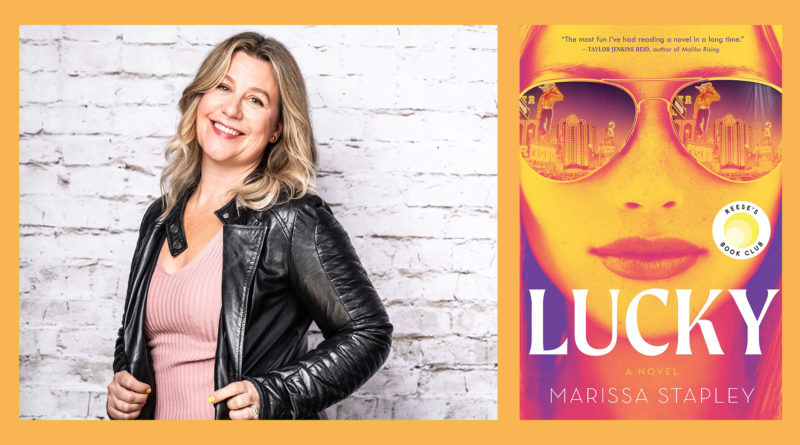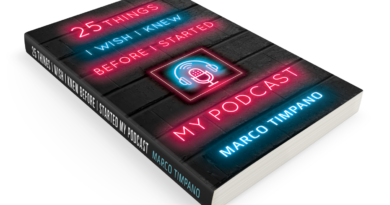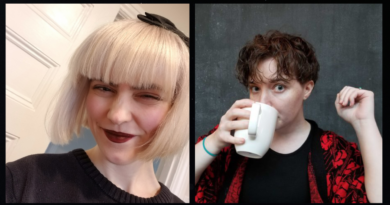“It’s about creating a character with heart”: Marissa Stapley talks Lucky and her upcoming masterclass
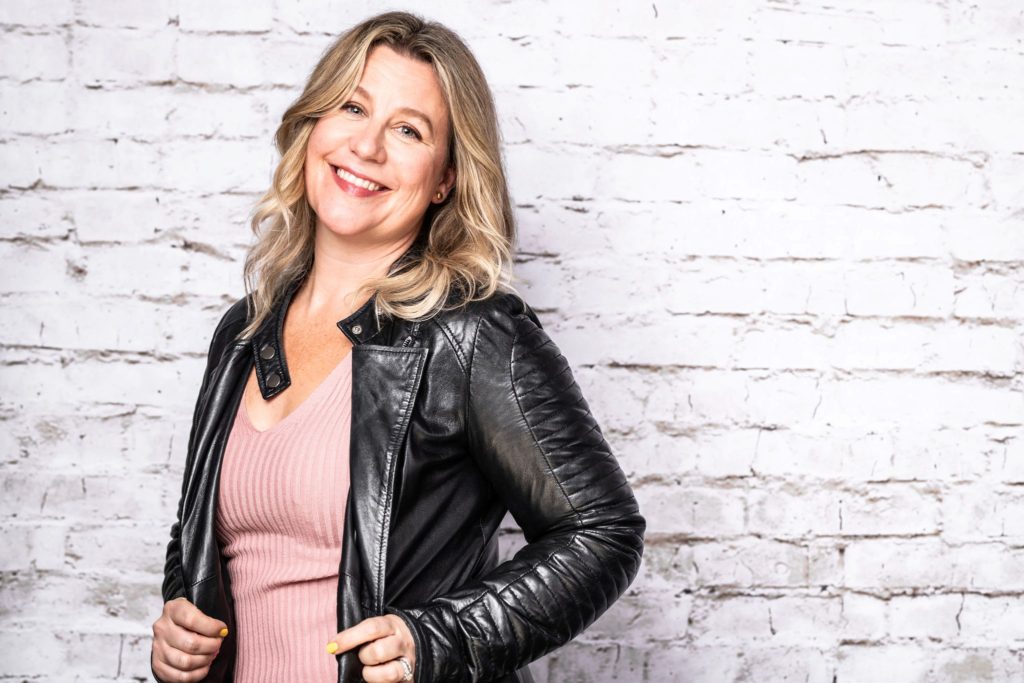
Marissa Stapley is offering a masterclass on creating character at the Toronto International Festival of Author’s (TIFA) Motive: Crime and Mystery Festival. Thanks to her rich and acclaimed experience, her students should expect a tremendously valuable experience.
You see, the Toronto-based Stapley is an international author of unputdownable bestselling stories that feature gripping plots and complex, multidimensional characters. Since its release in December 2021, her latest novel Lucky – about a career grifter on the run with a million-dollar winning lottery ticket that she can’t cash without exposing her criminal past – has gripped readers worldwide. Those readers include actor Reese Witherspoon, who made Stapley’s novel Lucky the first Canadian title to earn a spot in Reese’s Book Club. In March, ABC Disney Studios and Carlton Cuse even picked up the TV rights for Lucky, with Stapley signed on to co-write the screenplay.
In addition to Lucky, Stapley has written bestselling romance, thrillers and romantic comedies, including Mating for Life (2014), Things To Do When It’s Raining (2017), The Last Resort (2019) and The Holiday Swap (2021), which she co-wrote with Karma Brown under the pen-name Maggie Knox. And she is also a talented journalist – both by talent and family legacy — whose articles have appeared in newspapers and magazines across North America.
Yet despite all this success, including the heightened attention from the Reese’s Book Club selection, Stapely is personable, forthcoming and warm. Revered for creating memorable, compelling characters, she herself is just the kind of captivating person you’d want in your book club talking about stories and themes over tea . . . or offering a creative writing masterclass on character development at TIFA.
The festival presents 60+ events and activities, in-person and online, and runs June 3 – 5 at Harbourfront Centre. In her 90-minute in-person session on June 3, Stapley will share her creative process for developing nuanced characters that drive engrossing stories. Writers at all levels of skill are welcome to attend.
Ahead of her masterclass, she chatted with SesayArts Magazine about her career as a writer, the inspiration for Lucky, and what participants in her masterclass can expect.
SM: What would you like us to know about you and why you chose a career as a writer?
MS: Writing is something that runs in my family: my grandmother was a writer (freelance, for many magazines and newspapers in Canada), my grandfather was a syndicated columnist for the Toronto Star and a bestselling author himself, and my dad was a community newspaper reporter who still writes for various publications around my home town. So I was always very supported when people in my family noticed I enjoyed writing. In fact, there was probably a bit of pressure! It was always assumed I was going to be a writer — and as I approached my thirties, I found myself wondering when I was going to make that novel everyone seemed to know I had in me happen.
(The secret to writing a novel, by the way, is just getting yourself in the chair and getting writing. When I finally found the time and determination to do that, even if my road to publishing was complex and somewhat bumpy, I never looked back.) I know many people who have come at their writing lives by way of careers in other industries, but I’ve never been anything else. I feel I’m a writer on a fundamental level, and I’m grateful to be able to do what I love to do — and what I feel I’m meant to do — every day.
SM: Where did the inspiration for the character Lucky come from?
MS: I was on holiday with my family in the US and heard a radio report about a lottery ticket worth hundreds of millions of dollars that was about to expire and had not been claimed yet. The radio announcers were speculating about why it is lottery tickets sometimes languish, and one of them suggested it could be because if a person has a warrant out for their arrest, they can’t come forward and claim their winnings … or they’ll go to jail. Authors go through life trolling for story ideas (or at least, they should!) and I knew in this moment, I needed to grab this plot idea and hold onto it. What I didn’t have yet was a character.
That took a few more months, but one day, it feels like Lucky just arrived in my life, introducing herself to me in my mind as I took a long bus trip (fitting, since Lucky spends so much time traveling on buses) and explaining to me who she was and where she had come from. She’s been in my head ever since, and has guided me through some pretty huge life experiences, both good and bad. She never gives up — and therefore, neither do I.
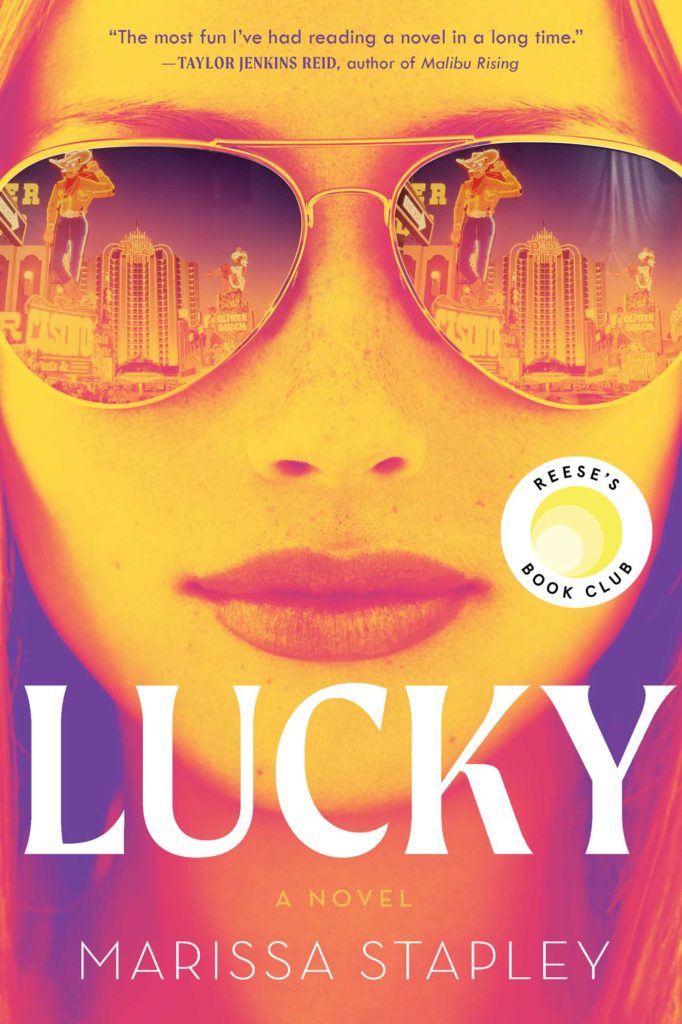
SM: Can you tell us a little about the process of crafting Lucky?
MS: It always takes some time to get to know a character and there are many ways to do this. I approach it differently with every book, but with Lucky I just wanted to start writing and get to know her on the page. I started a very lean, early first draft, which I did share with my editor to make sure I was on the right track, and then I went back in and worked with everything I knew about Lucky during the early writing stages to craft her story. It was so important to include her ‘past’ back story, but it took me some time to realize this. At first, I was only writing the story in the present, but it eventually became clear to me that my readers need to know and understand Lucky the way I did — so they would get the rewarding experience of rooting for her to prevail from a very pure place.
SM: Why did you want to write a novel exploring the complexities of being “good”? What fascinated you about this theme?
MS: I’m so interested in the complexities of being human — especially the idea of forgiveness, of the secrets we keep from ourselves and others, of the ways we hurt each other (perhaps not meaning to) and what it means to be able to move past that. I don’t advocate allowing yourself to be walked all over repeatedly by another person, and I realize that some things cannot and should not be forgiven. But I do believe humans are flawed and (this is a paraphrase of a line from the book) if we don’t forgive missteps, we won’t have very many people left in our lives. That can be such a hard thing to do, though, and it means I think a lot about what it means to be a truly good person at your core.
The complexity of being good was top of mind as I wrote Lucky. I was seeing people in the highest offices in the world not held to any sort of standard of fundamental goodness, and it made me want to explore the idea of being “good”, to try to make sense of the concept, to find the gray areas, rather than the extremes.
I think if there was any conclusion I was able to draw it was that being “good” doesn’t always have to do with your actions. There are criminals out there who feel remorse for what they have done, and I think this is so important. It is the people who do not feel remorse, who aren’t capable of feeling empathy or sorrow for the ways in which they’ve negatively impacted people’s lives, who we need to worry about. I realize this is such a huge topic, and that remorse doesn’t mean a person shouldn’t have to pay for a crime, but it matters on a deep level. It’s part of being human, of being redeemable.
When a person goes to jail, they do eventually have to reenter society in most cases — and they can’t do that if they have been written off as bad. That just means they’re going to be bad, and cause more harm. We as a society can work with remorse — but we can’t work with someone who can’t feel anything. It’s the lack of emotion that scares me. There’s so much to unpack here, which is why I wrote a novel about the complexity of being good.
SM: What can you tell us about the masterclass you will be offering at Motive on the heart of character development? What do you hope participants will be able to take from it?
MS: I like that over the past few years, novels to do with crime and mystery have pushed readers to reevaluate who they think is “good” and who they think is “bad”. That’s the trick of being a truly “good” writer, actually: if you can make a reader feel for someone, even if they’re technically the villain or are existing in a morally grey area (think Walter White), you’ve done a great job.
I will always put a novel aside if I don’t feel the author has created a character who feels real to me, and I’ve worked hard to never disappoint my readers with characters who feel flat, or caricature-like. This can be such a challenge when you’re dealing with a villain. It’s just easier to make them a composite — but you have to spend just as much time on your villains as you do on your heroes.
So I think what my students can expect this weekend is to learn about how to get to the heart of a character — how to begin to treat your characters like real people, how to get to know them so no matter what situation you find yourself with them on the page, you’re sure of what they’re going to do and how they’re going to react. I hope participants will walk away with either a deeper knowledge of an existing character, or the skillset they need to create a character for a great novel. And I’ll also be sharing some stories about my path to publishing, and some tips on how to stay the course and achieve your goals.
SM: Congratulations on being the first Canadian author selected for Reese’s Book Club! What does this mean for you?
MS: It changed my life. I’m now a New York Times bestselling author who has broken into the US market in a big way — and that’s a challenge for a Canadian author, so I feel grateful for it every single day. I’m looking ahead to a bright future, and have Reese and her team, a group of people who are wholly committed to lifting up female storytellers, to thank. It’s a dream come true.
When I met Reese in L.A. the day of the pick announcement, she told me how much she loved Lucky as a character — how much heart she felt she had, and what a big fan she was of this person I had created. I understood in that moment that it’s not just about plot, it’s also about creating a character with heart. When you accomplish this, you never know whose attention you’re going to catch.
© Arpita Ghosal, SesayArts Magazine, 2022
About The Author
Arpita Ghosal
Arpita Ghosal is a Toronto-based arts writer. She founded Sesaya in 2004 and SesayArts Magazine in 2012.
Visit About Us > Meet the Team to read Arpita’s full bio …

